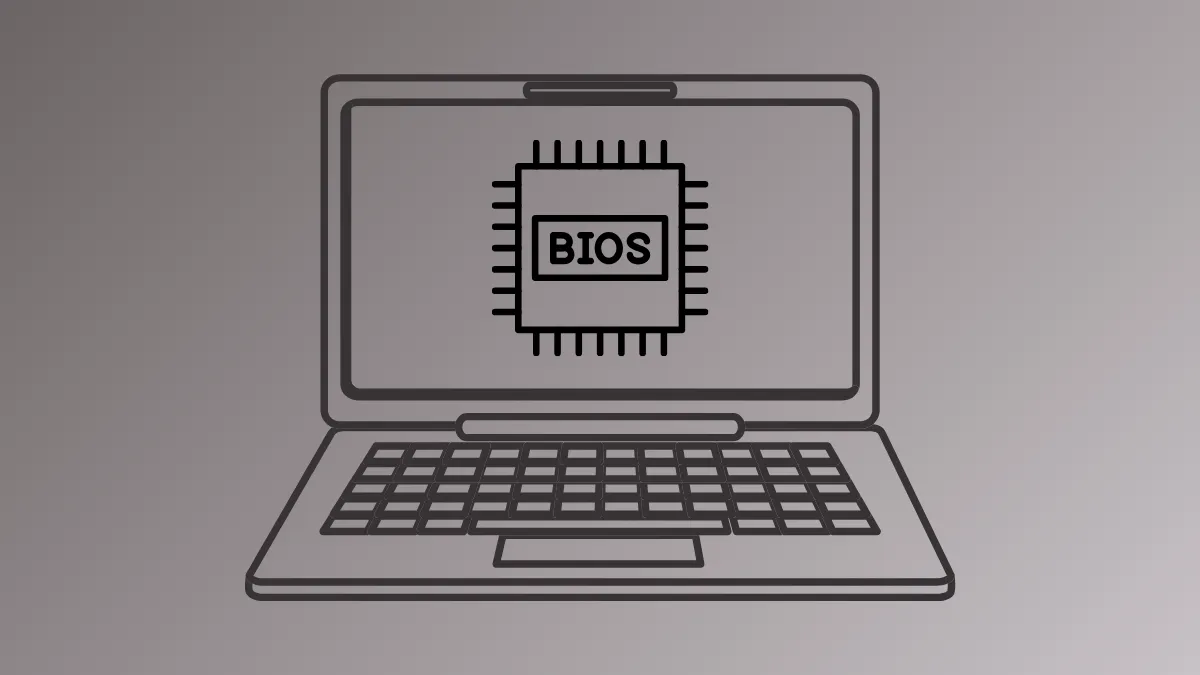Lenovo laptops typically enter BIOS using keys like F1, F2, or the Novo button. However, if these keys don't respond, alternative methods can help you access BIOS settings successfully.
Method 1: Access BIOS Using Windows Recovery Mode
Step 1: First, ensure your Lenovo laptop is fully booted into Windows. Click on the Start menu, then select the Power icon. Do not click Restart yet. Instead, press and hold the Shift key on your keyboard and then click Restart. This action will boot your laptop into Windows Recovery Mode.
Step 2: Once in Recovery Mode, you'll see several options. Select Troubleshoot, then click Advanced options.
Step 3: In the Advanced options menu, choose UEFI Firmware Settings. Confirm your selection by clicking Restart to reboot directly into BIOS.
Step 4: After restarting, your laptop will enter the BIOS settings menu. Use the arrow keys on your keyboard to navigate through the BIOS options. Common navigation keys include:
F1for Help.ESCto Exit.- Arrow keys to move between menus.
F5andF6to adjust values.Enterto select options.F9to restore default settings.F10to save and exit BIOS.
After making the necessary changes, press F10 to save your settings and exit BIOS, allowing your laptop to boot normally back into Windows. This method reliably bypasses issues with unresponsive BIOS keys.
Method 2: Using the Novo Button (Ideapad Series)
The Novo button is a specialized hardware button found on Lenovo Ideapad laptops, designed specifically to access BIOS or recovery options directly.
Step 1: Shut down your Lenovo Ideapad completely. Locate the Novo button, typically found near the power button or along the laptop's side. It usually looks like a small curved arrow or pinhole.
Step 2: Press the Novo button using a paper clip or similar slim object. Your laptop will power on and display a Novo Button Menu.
Step 3: From this menu, select BIOS Setup using the arrow keys and press Enter. The system will then enter BIOS directly.
This method provides quick and direct BIOS access without relying on standard keyboard shortcuts. However, it only applies to Lenovo Ideapad laptops equipped with a Novo button.
Method 3: BIOS Self-Recovery Feature
If your Lenovo laptop experiences BIOS corruption or fails to enter BIOS due to malicious attacks or severe errors, the built-in UEFI BIOS self-recovery feature can automatically restore the BIOS from the last secure backup.
Step 1: In case of BIOS corruption, your laptop may display a blank screen during the recovery process. Do not interrupt this process by pressing the power button or disconnecting the power.
Step 2: Monitor the self-recovery progress through the LED indicators on keys such as Esc, F1, and F4:
- Esc LED blinking: 0% to 32% recovery completed.
- Esc and F1 LEDs blinking simultaneously: 33% to 65% recovery completed.
- Esc, F1, and F4 LEDs blinking simultaneously: 66% to 100% recovery completed.
Wait patiently until the Lenovo logo screen appears, indicating successful BIOS recovery. This automatic recovery mechanism protects your system from permanent BIOS damage.
Unlocking Advanced BIOS Options (For Experienced Users)
Advanced BIOS options are hidden by default on most Lenovo laptops. Unlocking these options can allow experienced users to modify CPU power management and other advanced settings.
Step 1: Power off your Lenovo laptop completely. Enter BIOS normally by pressing F2 at startup.
Step 2: After entering BIOS, power off your laptop again. Then, with the laptop off, press the following keys sequentially:
F1→1→Q→A→ZF2→2→W→S→X- Continue this pattern through
F6.
Step 3: Power on your laptop again and press F2 to enter BIOS. You should now see an "Advanced" tab with additional configuration settings. Note that this method may not work on all Lenovo models.
With these alternative approaches, accessing BIOS settings on your Lenovo laptop becomes straightforward, even when standard keys fail. Choose the method that best fits your situation, and you'll be configuring BIOS settings in no time.


